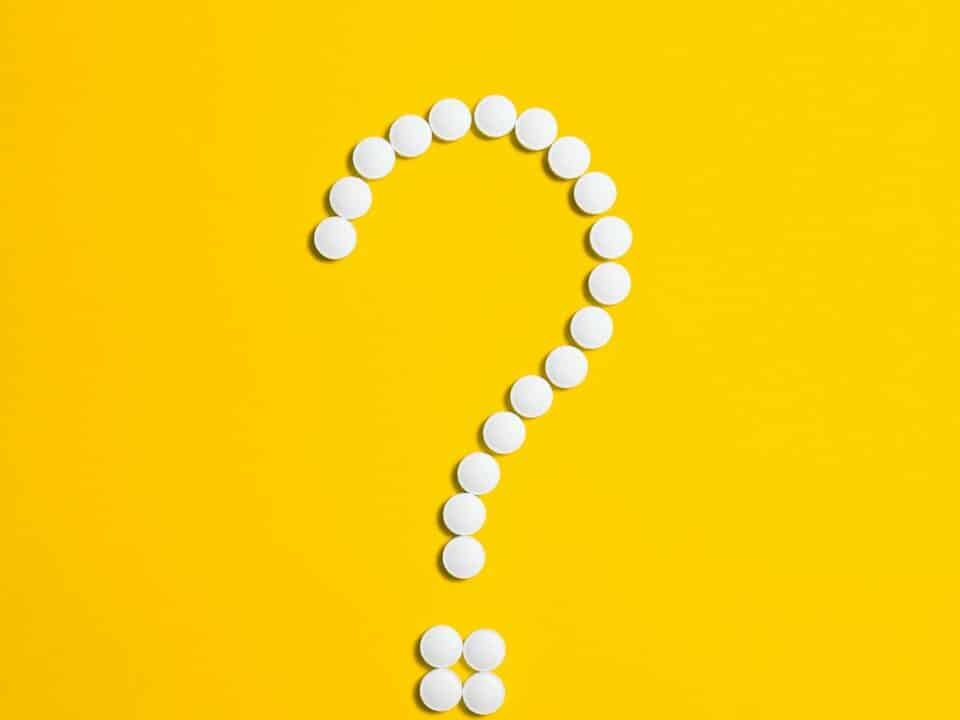
The Greatest Stories Serve a Purpose. The Greatest Stories Are Sincere.
3 September 2020
Rising Methamphetamine Addiction Overshadowed by Opioid Epidemic
3 September 2020What is Pink?
U-47700, also known as Pink, is a synthetic opioid, originally produced in hopes that it would be an effective pain killer, with a lower risk of addiction than morphine. However, this was not the case. U-47700 is in fact over 7 times more potent than morphine, and has many addictive properties. Further, Pink is currently not illegal in Canada, making obtaining Pink simple and efficient. As a result, Pink has the opportunity to become ubiquitous in the recreational drug users ‘tool box’ of opioids. The easy access, and misleading guise of ‘research drug’ lures potential users into a false sense of safety and an illusion that the drug will be pure, putting them at great risk.
The Problem with Pink
Relatively unknown, compared to other opioids such as prescription medications or heroin, Pink is beginning to make a name for itself as a dangerous drug. Officials say it is more dangerous than other synthetic opioids currently available. In the fall of 2016 two 13-year old boys overdosed after using Pink. Following this, Pink has been responsible for 46 deaths in the United States in 2016. As well, U-47700 was identified in 254 law enforcement seizures in Canada in 2016. However, due to its legal classification, in many cases it is not a drug test which is included in many initial toxicology screenings. Therefore, another drug may be identified as the cause of death in an overdose, but Pink could have been a contributing factor.
What this Means for the Opioid Epidemic
Pink is cheap and easy to access. A quick internet search will supply individuals looking for a cheap high with many avenues to obtain Pink. Numerous sites which will ship Pink across the world for less than $55 a gram. Often, it is manufactured in labs in other countries, and marketed as a research drug. Pink could become a strong contributor to the opioid epidemic, due to its legal classification, addictive nature, easy access, and perceived pureness as a result of being marketed as a research chemical. As such, Health Canada has proposed adding U-47700 to the Controlled Drug and Substances Act. Such action will allow law enforcement to slow the spread of Pink. Further, an illegal classification will hopefully help to portray the dangerous nature of Pink, preventing experimental users from recklessly exploring its effects.
How Drug Rehab Centers are Dealing with Pink
Searidge Foundation has become familiar with the treatment of U-47700 addiction, with the recent spike in use. Searidge employs gold-standard detox techniques to insure a safe cessation of opioid use, which otherwise may be quite dangerous. If immediate and complete detox is not a plausible or safe option, the physicians at Searidge will use medications such as Suboxone or Methadone to assist in the detox process. During and following the detox phase, psychotherapies are used to address the underlying causes of addiction. A crucial part of maintaining an addiction-free life is continued support. This is why Searidge drug rehab has a first class Aftercare program, which continues to support sobriety following drug rehab. With daily virtual meetings, in person meetings, Searidge refresher weekends, and over-the-phone group and individual therapy sessions with Searidge staff and alumni, Searidge makes Aftercare accessible and comprehensive, supporting recovered addicts through their lives.




